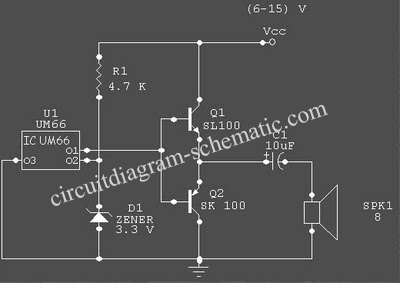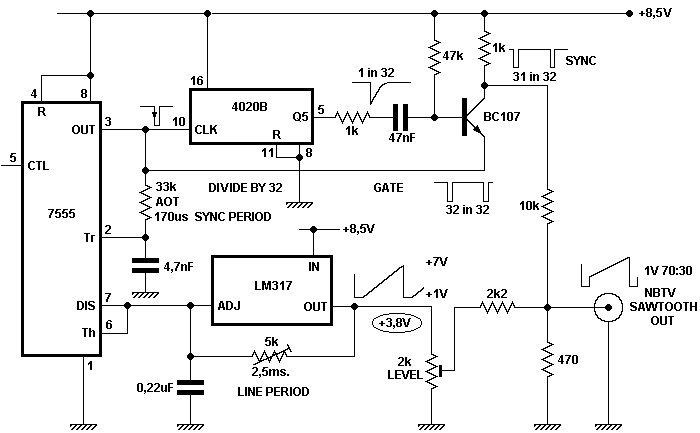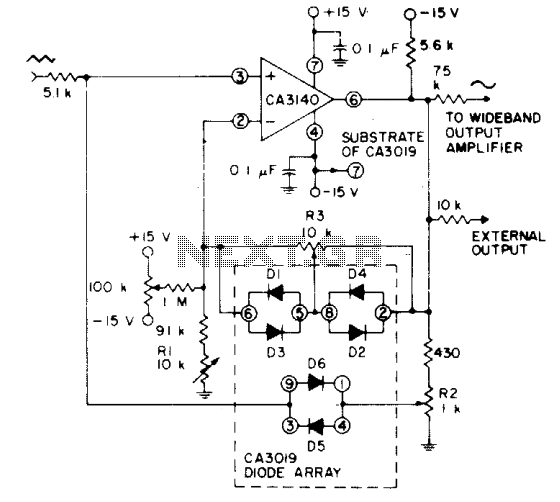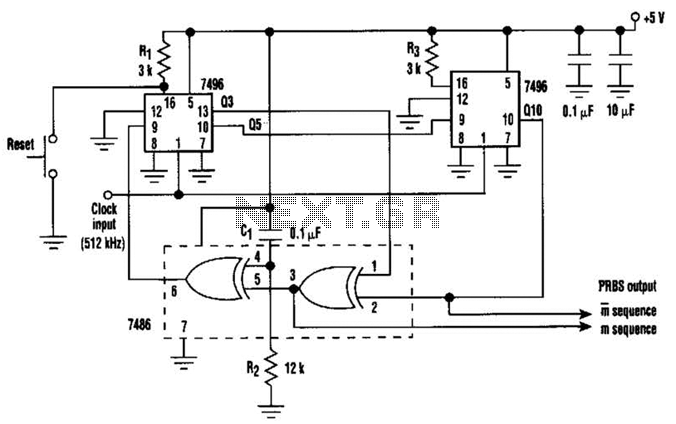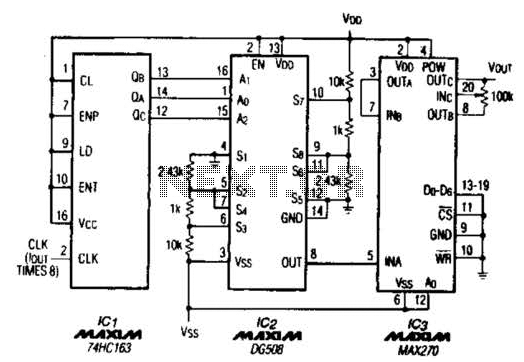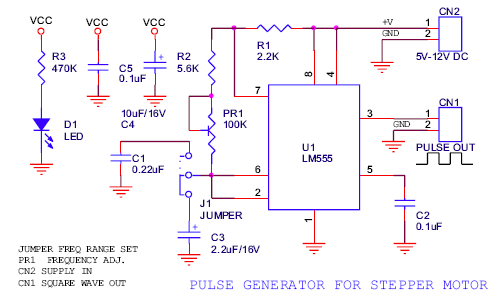
Precise wave generator
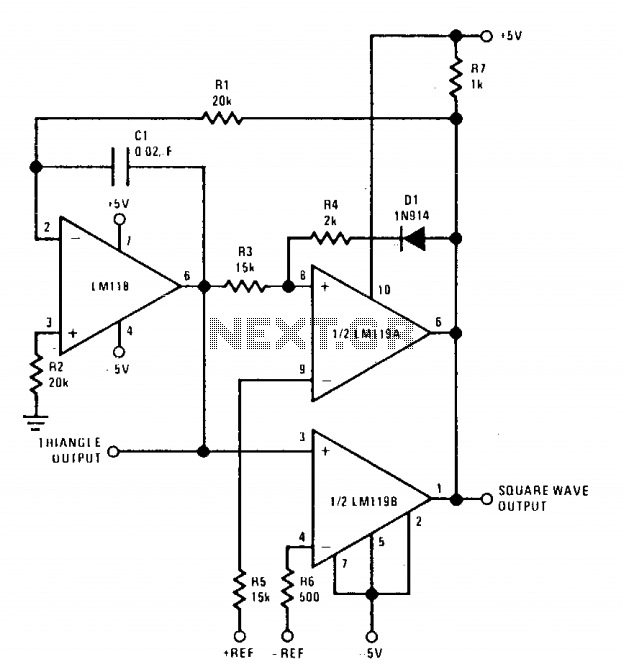
The positive and negative peak amplitudes can be controlled with an accuracy of approximately ±0.01 V through a DC input. Additionally, the output frequency and symmetry are easily adjustable. The oscillator is composed of an integrator and two comparators; one comparator determines the positive peak while the other sets the negative peak of the triangle wave. By substituting R1 with a potentiometer, the frequency can be varied over a range of at least 10 to 1 without impacting the amplitude. Symmetry can also be modified by connecting a 50 kΩ resistor from the inverting input of the LM118 to the arm of the 1 kΩ potentiometer. The ends of the potentiometer are connected across the power supplies, allowing the current through the resistor to either add to or subtract from the current through R1, thereby altering the ramp time.
The described circuit is a versatile oscillator capable of generating a triangle wave with finely tunable parameters. The integration stage is responsible for producing a linear ramp voltage, which is then fed into two comparators. These comparators are critical for defining the waveform's peaks. The first comparator is set to trigger at the positive peak voltage, while the second comparator triggers at the negative peak, thus establishing the amplitude of the output waveform.
The ability to control the peak amplitudes with high precision is essential for applications requiring specific voltage levels. The use of a DC input for amplitude control ensures that the adjustments can be made without introducing significant noise or instability into the circuit. The integration time, which directly influences the frequency of the output waveform, can be finely tuned by replacing R1 with a potentiometer. This substitution allows for a broad frequency range while maintaining the desired amplitude, making the circuit adaptable for various applications.
Furthermore, the symmetry of the triangle wave can be adjusted by connecting a resistor from the inverting input of the LM118 to the potentiometer. This configuration enables the user to modify the duty cycle of the output waveform, which is particularly useful in signal processing and modulation applications. The connection of the potentiometer across the power supplies ensures that the adjustments made to the ramp time do not affect the overall stability of the circuit.
In summary, this oscillator design combines precision amplitude control, adjustable frequency, and symmetry, making it suitable for a wide array of electronic applications, from waveform generation to signal conditioning. The careful selection of components and the design of the feedback network provide a robust platform for generating stable and reliable triangle wave signals.The positive and negative peak amplitude is controllable to an accuracy of about ± 0.01 V by a dc input. Also, the output frequency and symmetry are easily adjustable. The oscillator consists of an integrator and two comparators—one comparator sets the positive peak and the other the negative peak of the triangle wave.
If R1 is replaced by a potentiometer, the frequency can be varied over at least a 10 to 1 range without affecting amplitude. Symmetry is also adjustable by connecting a 50 kfi resistor from the inverting input of the LM118 to the arm of the 1 kO potentiometer.
The ends of the potentiometer are connected across the supplies. Current for the resistor either adds or subtracts from the current through Rl, changing the ramp time. 🔗 External reference
The described circuit is a versatile oscillator capable of generating a triangle wave with finely tunable parameters. The integration stage is responsible for producing a linear ramp voltage, which is then fed into two comparators. These comparators are critical for defining the waveform's peaks. The first comparator is set to trigger at the positive peak voltage, while the second comparator triggers at the negative peak, thus establishing the amplitude of the output waveform.
The ability to control the peak amplitudes with high precision is essential for applications requiring specific voltage levels. The use of a DC input for amplitude control ensures that the adjustments can be made without introducing significant noise or instability into the circuit. The integration time, which directly influences the frequency of the output waveform, can be finely tuned by replacing R1 with a potentiometer. This substitution allows for a broad frequency range while maintaining the desired amplitude, making the circuit adaptable for various applications.
Furthermore, the symmetry of the triangle wave can be adjusted by connecting a resistor from the inverting input of the LM118 to the potentiometer. This configuration enables the user to modify the duty cycle of the output waveform, which is particularly useful in signal processing and modulation applications. The connection of the potentiometer across the power supplies ensures that the adjustments made to the ramp time do not affect the overall stability of the circuit.
In summary, this oscillator design combines precision amplitude control, adjustable frequency, and symmetry, making it suitable for a wide array of electronic applications, from waveform generation to signal conditioning. The careful selection of components and the design of the feedback network provide a robust platform for generating stable and reliable triangle wave signals.The positive and negative peak amplitude is controllable to an accuracy of about ± 0.01 V by a dc input. Also, the output frequency and symmetry are easily adjustable. The oscillator consists of an integrator and two comparators—one comparator sets the positive peak and the other the negative peak of the triangle wave.
If R1 is replaced by a potentiometer, the frequency can be varied over at least a 10 to 1 range without affecting amplitude. Symmetry is also adjustable by connecting a 50 kfi resistor from the inverting input of the LM118 to the arm of the 1 kO potentiometer.
The ends of the potentiometer are connected across the supplies. Current for the resistor either adds or subtracts from the current through Rl, changing the ramp time. 🔗 External reference
